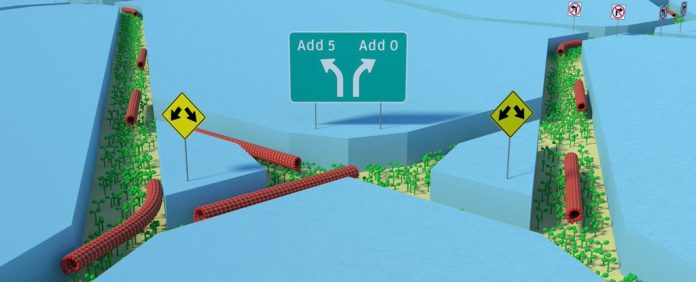Based on Adenosine triphosphate (ATP), scientists are going to develop living and breathing supercomputer. ATP is a substance which provides energy to all the cells in our bodies. And now, it may also be capable of charging up the supercomputer’s future generation. The study on this living and breathing biological supercomputer conducted by a team of international scientists from Canada, U.K, Germany, Netherlands, and Sweden.
The thought behind this incredible biological supercomputer, “What if there will completely decent way to computing, that didn’t believe in the technology of today’s digital circuits?”
This bio-supercomputer can process information very fast and precise by using parallel networks in the same way that large electronic supercomputers do. As compared to current supercomputers, the model bio-supercomputer is completely small as the size of the book, consumes much less amount of energy and uses protein present in all living cell to action.
By integrating geometrical modeling and engineering know-how on the Nanoscale, the model of this living and breathing supercomputer was actualized. The circuit design which has been achieved seems like a road map of a city, just like we are watching it from the planet. It consists of a tiny chip, has a size of 1.5 cm square in which channels have been composed. Instead of electrons accelerates within the classical microchip, abridged protein cords move in the circumference of the circuit in a controlled manner.
Scientists are planning to integrate this device with a regular computer. Due to this, a hybrid method may form, and working can be done in different types of the way for further research.
Even if there may be a very complex mathematical problem, this bio-supercomputer can solve very accurately by using parallel computing of the kind used by supercomputers.
Nicolau Sr. said, “It’s hard to say how soon it will be before we see a full-scale bio super-computer. One option for dealing with larger and more complex problems may be to combine our device with a conventional computer to form a hybrid device. Right now, we’re working on a variety of ways to push the research further.”
